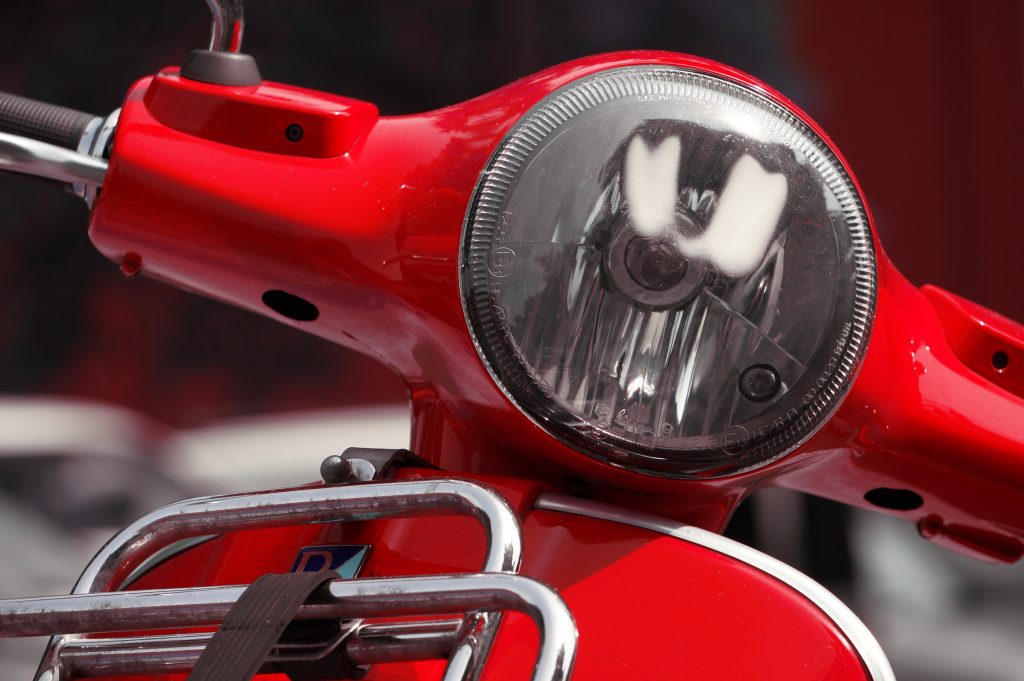Don't miss our holiday offer - 20% OFF!

Read also : Automated Parking Concept: Smart Solution for Availability
Electric motors are vital components in various industrial and household applications. To keep them performing at their best, early detection of electrical issues is crucial. One key tool in this effort is the current sensor. This article will discuss the role of current sensors in maintaining your electric motor and how this technology can detect potential electrical problems early on.
Contents
What is a Current Sensors?

Read also : Comfort and Security with Smart Living Technology
Before we delve further, let’s understand what a current sensor is. A current sensor is an electronic device designed to measure the electric current flowing through a conductor. They can provide valuable data about how your electric motor operates.
How Current Sensors Work

Read also : Temperature Sensor: How They Work and Energy Efficiency
Current sensors work by measuring the magnetic field generated by the flow of electric current. When current flows through a wire, it creates a magnetic field that can be measured by the current sensor. The data generated by this sensor can then be analyzed to identify potential issues in the electric motor.
Early Detection of Electrical Issues with Current Sensors

Read also : Security and Privacy in Connected Parking Systems: Challenges and Solutions
The importance of early detection of electrical issues cannot be overstated. Undetected or unaddressed electrical problems can lead to serious motor damage and even fires. Here are some electrical issues that can be detected with the help of current sensors:
Overcurrent
Current sensors can detect surges in current that exceed safe limits. This can be caused by overloading or short circuits, and early detection can prevent serious damage.
Overheating
If an electric motor is overheating, current sensors will detect abnormal temperature increases. This could indicate issues with the cooling system or excessive friction.
Component Failures
Current sensors can also help identify component failures in the electric motor, such as broken windings or worn-out parts.
Benefits of Early Detection with Current Sensors

Read also : Security and Preparedness Enhanced by Smart EWS Technology
Early detection of electrical issues offers several benefits, including:
Enhanced Safety
By detecting electrical problems early, you can prevent fires or serious damage to your electric motor, ensuring your safety and protecting your assets.
Cost Savings
Repairing electrical issues in the early stages is typically more cost-effective than addressing them after severe damage occurs. This can save you money in the long run.
Improved Efficiency
By addressing electrical issues early, you can ensure that your electric motor operates at maximum efficiency, reducing energy consumption and operational costs.
Conclusion

Read also : Weather Sensors Controlling External Weather Factors
Current sensors are a crucial tool in the early detection of electrical issues in your electric motor. With this technology’s assistance, you can maintain optimal motor performance, enhance safety, save costs, and improve efficiency. Do not overlook the vital role of current sensors in electric motor maintenance. Conduct regular inspections and take prompt action if current sensors indicate potential problems. By doing so, you can extend the life of your electric motor and ensure stable operation.
With this information, you now have a better understanding of how current sensors play a vital role in maintaining your electric motor. Early detection of electrical issues is the key to preserving performance and safety for your electric motor.





